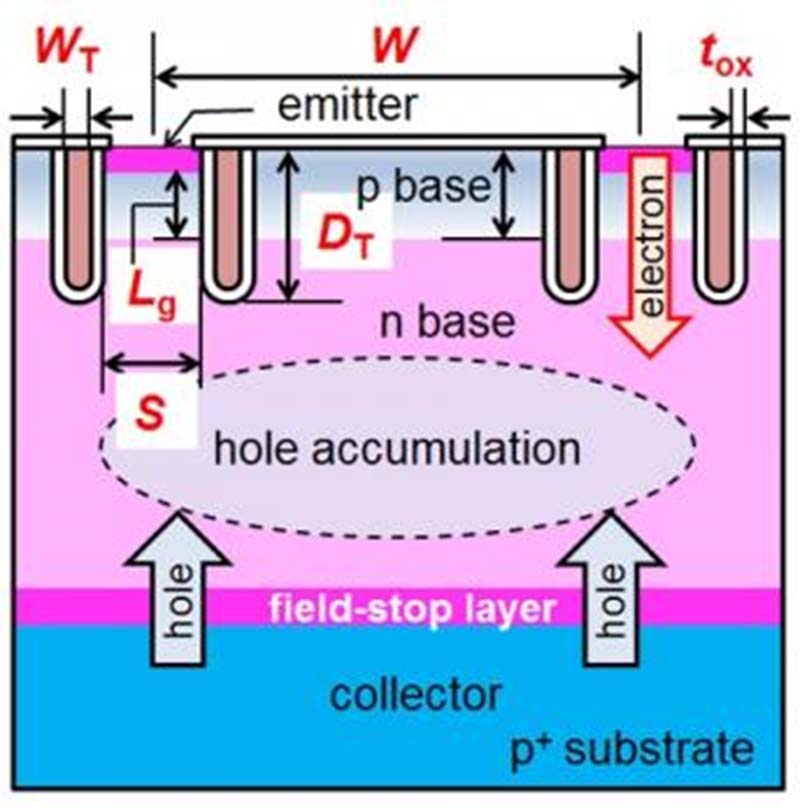
In today’s rapid technological evolution, the realm of power electronics has witnessed groundbreaking advancements with the emergence of Insulated Gate Bipolar Transistor (IGBT) modules. These modules are at the forefront of revolutionizing industrial applications, automotive systems, renewable energy, and more, owing to their remarkable power capabilities and efficient switching characteristics.
The IGBT module represents a pivotal component in modern power systems, where it seamlessly combines the high-speed control of a MOSFET with the robust amplification capabilities of a bipolar transistor. This integration results in a device that offers low conduction losses, high thermal ruggedness, and superior switching performance, making it a key player in the sophisticated electronic landscape of today.
Benefits of IGBT Modules
IGBT Modules offer enhanced efficiency in high-power applications, making them ideal for industries such as renewable energy and electric vehicles. By combining the advantages of both Insulated Gate Bipolar Transistors (IGBTs) and Metal-Oxide-Semiconductor Field-Effect Transistors (MOSFETs), these modules provide low on-state voltage drop and high switching speed.
One of the key benefits of IGBT Modules is their ability to handle high current and voltage levels while maintaining low power loss. This makes them suitable for power electronics applications that require robust and reliable performance. In addition, the integration of various protection features in IGBT Modules enhances system reliability and protects the components from overcurrent or overheating conditions.
Another advantage of IGBT Modules is their compact design, which allows for easy integration into existing systems with limited space. This compactness not only saves physical space but also reduces installation costs and simplifies maintenance procedures. Overall, the benefits of IGBT Modules make them a valuable choice for high-power applications that demand efficiency, reliability, and space-saving solutions.
Applications of IGBT Modules
In the field of renewable energy, IGBT modules play a crucial role in power converters for solar inverters, wind turbines, and energy storage systems. By efficiently managing energy flow and ensuring optimal power conversion, IGBT modules contribute to the sustainable generation and distribution of renewable energy sources.
The automotive industry benefits greatly from the use of IGBT modules in electric vehicle (EV) powertrains. These modules are essential components in EV motor drives, enabling precise control of electric motors for improved efficiency and performance. With the transition towards electric mobility, the demand for IGBT modules in the automotive sector continues to rise.
Industrial applications of IGBT modules are diverse, ranging from variable speed drives for motors in manufacturing plants to uninterruptible power supplies (UPS) for critical equipment in data centers. With their high power handling capabilities and fast switching speeds, IGBT modules are integral in enhancing the efficiency and reliability of various industrial processes and systems.
Future Trends in IGBT Technology
In the rapidly evolving landscape of IGBT technology, one notable trend is the push towards higher power densities. Manufacturers are continuously striving to develop IGBT modules that can handle more power while occupying a smaller footprint. This trend is driven by the increasing demand for compact and energy-efficient power electronics solutions in various industries.
IGBT Module
Another significant trend is the integration of advanced cooling technologies in IGBT modules. With the need for enhanced thermal management to ensure optimal performance and long-term reliability, manufacturers are exploring innovative cooling solutions such as liquid cooling and advanced heat sink designs. These developments aim to address the challenge of managing heat dissipation in high-power applications effectively.
Furthermore, the future of IGBT technology is closely tied to the ongoing research and development in wide-bandgap materials such as silicon carbide (SiC) and gallium nitride (GaN). These materials offer superior performance characteristics compared to traditional silicon-based IGBTs, including higher efficiency, faster switching speeds, and higher temperature tolerance. As advancements in wide-bandgap materials continue, we can expect to see a gradual transition towards their widespread adoption in next-generation IGBT modules.





